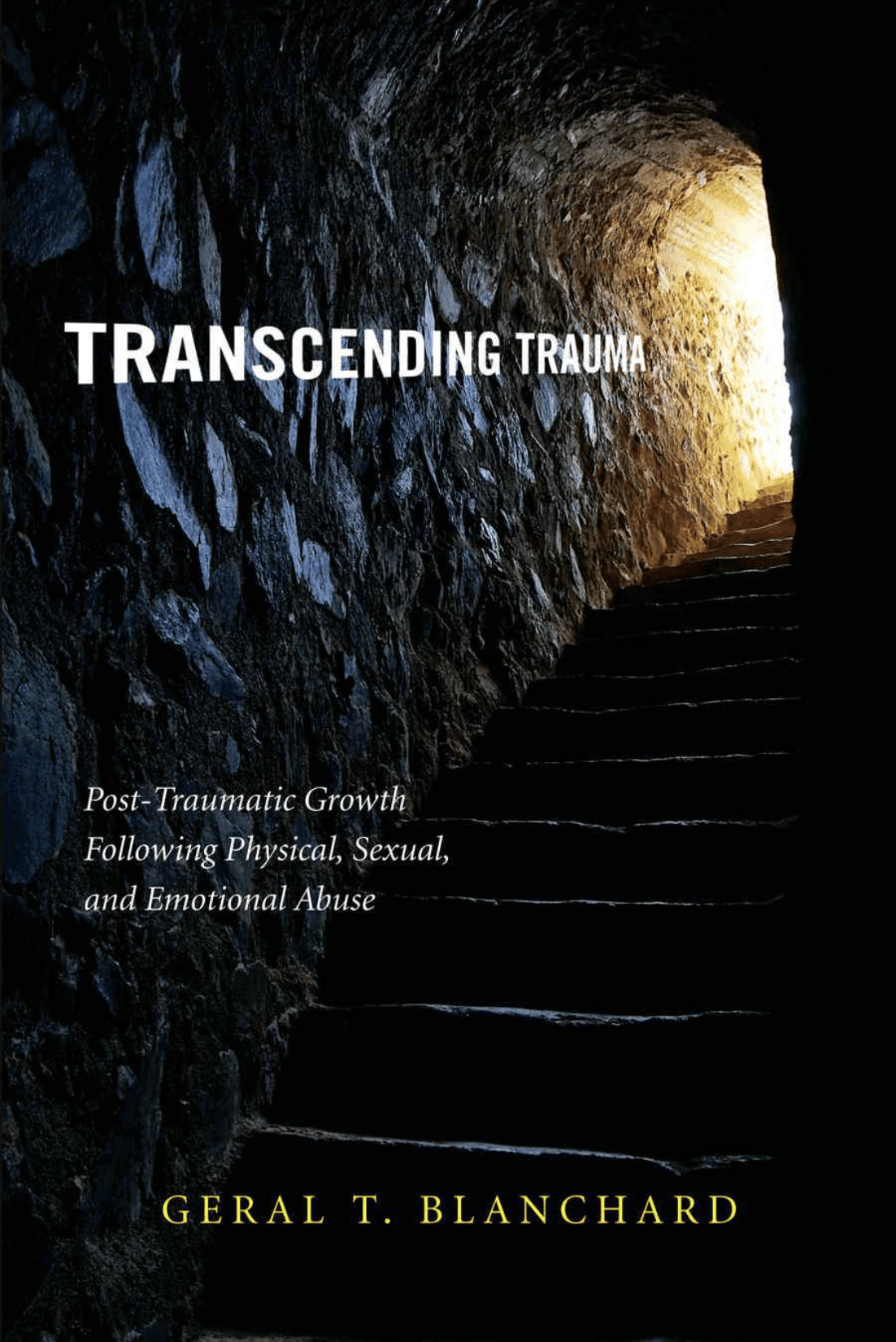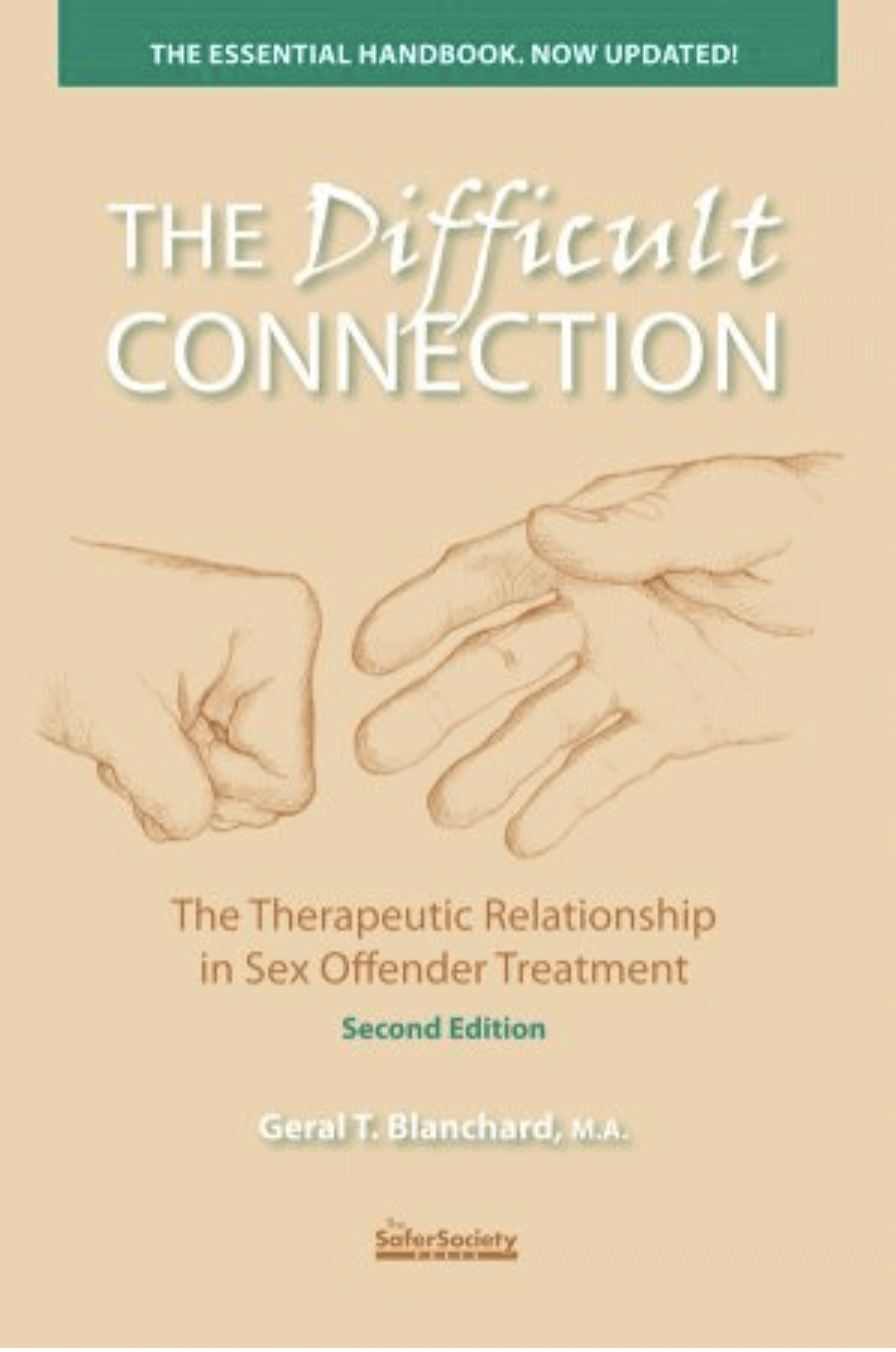Geral Blanchard, LPC, is a psychotherapist who is university trained in psychology and anthropology. Formerly of Wyoming and currently residing in Iowa, Geral travels the world in search of ancient secrets that can augment the art and science of healing. From Western neuroscience to Amazonian shamanism, he has developed an understanding of how to combine old and new healing strategies to optimize recovery, whether from psychological or physical maladies.
MDMA and Polyvagal-Informed Therapy, part 1 of 4
Often intense stress and fear (trauma) gets lodged in our bodies. Some therapists refer to this as a body memory or a cellular memory.
As long as the body hangs on to the trauma, your psychology will hang on too. Consequently, it is important to know how to release this anchor so you can gently drift away to a better emotional location. Research grade MDMA has helped many accomplish this task.
MDMA & POLYVAGAL THEORY, PART I
To assist the medicinal process it is helpful to know a good deal about the nervous system and various brain regions. This handout focuses on one of many important body systems involved in maintaining and releasing trauma, the polyvagal system.
When trauma leaves us feeling out of control it is often a system wide sensation of hyperarousal. The vagus – the tenth cranial nerve -- is implicated in an automated reaction to stress and triggering events. It keeps us cycling through emotional and physical upset. We refer to this roller coaster process as dysregulation; when someone has difficulty regulating and resetting their brain, nervous system, and even body organ processes (i.e., irritable bowels, rapid heart rate, irregular breathing, etc.).
Understanding the neurology of trauma takes us from feeling “crazy” to merely having a dysregulated system. No need for blame or shame. What was once perceived, almost exclusively, as a weak emotional reaction located in our personality has actually taken residence in our autonomic nervous system. The old axiom, “what goes up, will come down,” is befitting when attempting to understand this process. Psychologists call these ups and downs pendulations -- when patients detect the ebbs and flow of their internal processes.
So how can we interrupt this habituated and automated internal system? Let’s focus on few very simple techniques that can re-regulate this system, sometimes in just seconds or minutes: singing, drumming, humming, chanting, and the use of Tibetan singing bowls. All can change the vibration pattern in the nervous system.
Choral singing and chanting are used in every culture to unite and heal people. These activities, especially the creation of low belly tones, impact the vagus nerve, as well as the gut, lungs, chest, throat, and mouth.
The sounds open and expand the viscera and diaphragm by creating new vibrations. They provide alternate sensory signals that can quiet down an overstimulated nervous system.
Drumming refocuses the mind, whether a person is doing it, or simply listening to it. It also reregulates internal vibrations – or energy movement – in the body. If a thought can cause us to momentarily “spin out,” the sound of a drum can more dramatically change our mind, disrupting our ruminative (hanging on) process.
Tibetan singing bowls, particularly large crystal bowls, can send comforting waves of deep sounds that almost immediately calm the vagus nerve system and alter brain wave activity to deeply relaxing alpha waves. No drugs are needed.
Peter Levine, a psychologist who has worked closely with vets diagnosed with PTSD, noted how certain tones are particularly helpful. One of them occurs when we make the sound of vooo (soft o, like ou in you), as if we are a foghorn. Do this while exhaling, concentrating on the vibrations starting in the belly and moving upward through the chest, throat, mouth, and even being felt on the lips. Repeating this sound while alone, or better still in the company of others, releases tension with each exhalation.
The primary function of these techniques is to disrupt an autonomic/automatic fear response in the body. No longer does it have to feel like the body is betraying us, we simply need to team up with our body to reregulate it each time things seem to be going array. If victimization is about the loss of power over our life and our body, these techniques are about empowerment.
Drumming, singing, and humming are integral parts of a daily meditation regimen and are especially important the week before, and right after, an MDMA treatment. With new vibrations that bring bodily feelings and sensations alive, and with greater clarity in our thinking, growth beyond trauma is expedited.
*********
Other Topics
Basics of MDMA
Rituals and Ceremony
Brain and MDMA
Trauma
Heart
Energy Movement
Quantum Physics
Native Cosmologies
Nature
Spirituality/Enlightenment
Kogi Tribe
Books written by Geral T. Blanchard
More Articles



















